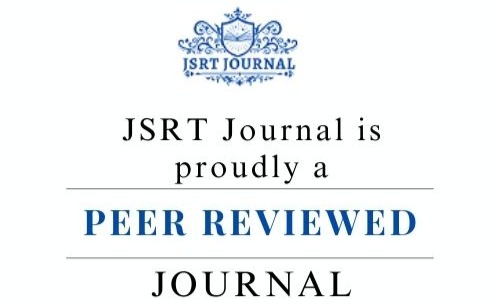Analysis Of Multistoried RCC Building With Optimization Of Shear Wall And Belt Truss System Under Different Seismic Zones Using Software Techniques
DOI:
https://doi.org/10.61808/jsrt142Keywords:
Equivalent Static Analysis, Response Spectrum, Shear Wall, Belt Truss System, High Rise Buildings, ETABSAbstract
In multi-storey buildings, shear walls are among the most suitable and significant structural elements. Consequently, research on the structural reaction and related systems in multi-story buildings would be highly intriguing. Shear walls increase the structure's strength and stiffness during earthquakes, something that is sometimes overlooked in the building and design process. This investigation has demonstrated that shear walls significantly affect a structure's susceptibility. To test this, a G+20 storey structure in addition to and instead of shear walls was analysed, accounting for a variety of factors such as base shear, story drift ratio, lateral displacement, bending moment, and shear force. Two models were used to investigate the significance of the shear wall; the first model was shear-free.
As of right now, the corresponding design codes provide the basic design techniques at higher altitudes. Therefore, this study's objective is to use ETABS software to extensively assess high-rise buildings under various design load combinations and using alternative codal provisions. First, the building must be built to its natural state in order to resist forces and avert collapsing beneath its own weight. Secondly, the construction must be inexpensive. In contrast to other high-rise buildings in the same area, the primary benefit of shear walls is their merging in the wall, which helps to lower the cost of conventional wall designing. Additionally, using a shear wall will automatically lower the installation and maintenance costs in the future.











